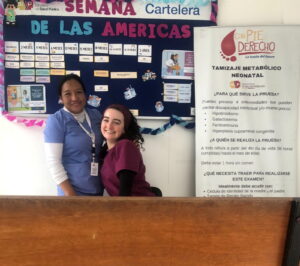
Part of my abroad experience as a nursing student includes a clinical placement at a local health center. The Centro de Salud de Tumbaco is a governmentally run clinic that offers community health services, ranging from general family medicine, obstetrics, odontology, and psychology.
As a student, I was placed under the oversight of a nurse for guidance. Betty, pictured to the right, was my supervisor for the semester. Stoic with a heart of gold, she manages the clinic with agility and grace, showing me what it means to provide care in an urban clinic setting, while also managing the general flow of vaccine distribution and the department of nurses.
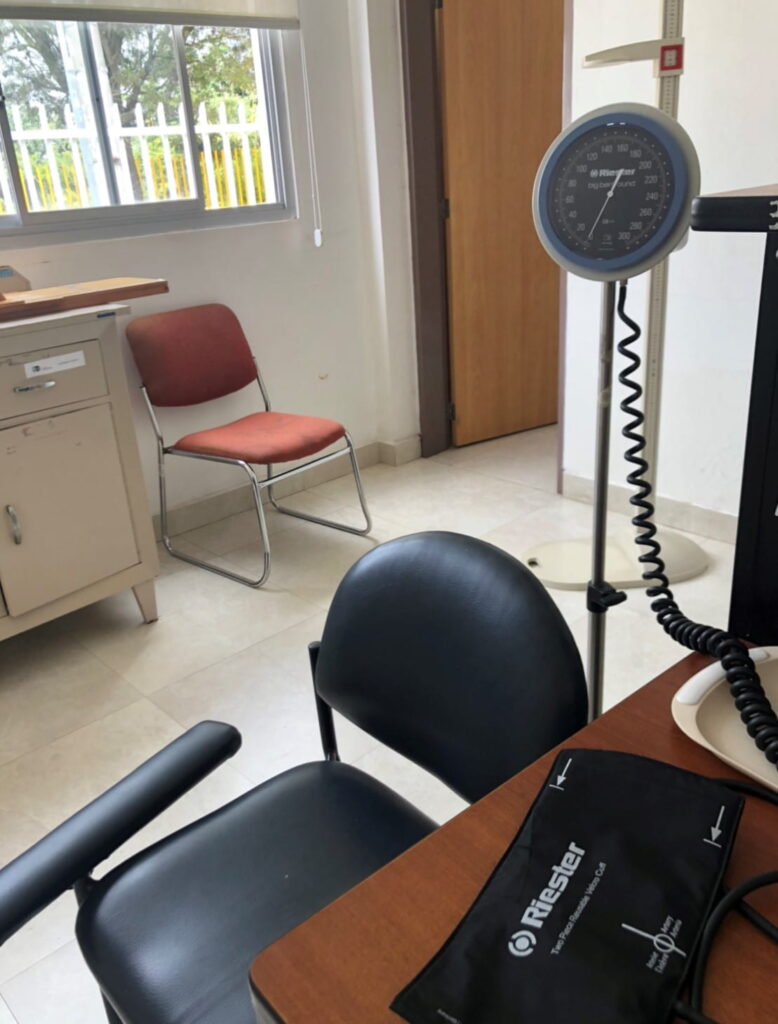
The preparation room is normally where I begin my day. I am greeted with a boisterous “HOLA SARITA” from my fellow coworker Miriam. A seasoned healthcare professional, Miriam in part taught me the flow of taking vital signs (manual blood pressures, temperatures, heart rates, oxygen saturation, etc.) and interacting with patients when they come in for their appointments. At the beginning of the semester, it was quite overwhelming trying to look up patients in the computerized information system as name spelling is not one of my strengths. Combine that with the rural and coastal Spanish accents of many patients, you could say I was struggling. However, this improved with time and ultimately became one of my favorite places to work, as I got to interact with patients and fellow coworkers. The clinic was home to many medical and nursing students, so more often than not, I was surrounded by other twenty-something-year olds, who too were still in the process of figuring out what they wanted to do with their lives professionally. Marce and Gabby, both student nutritionists, became two of the best friends I made here in Ecuador, both of whom I got to know in-between patient preparation.
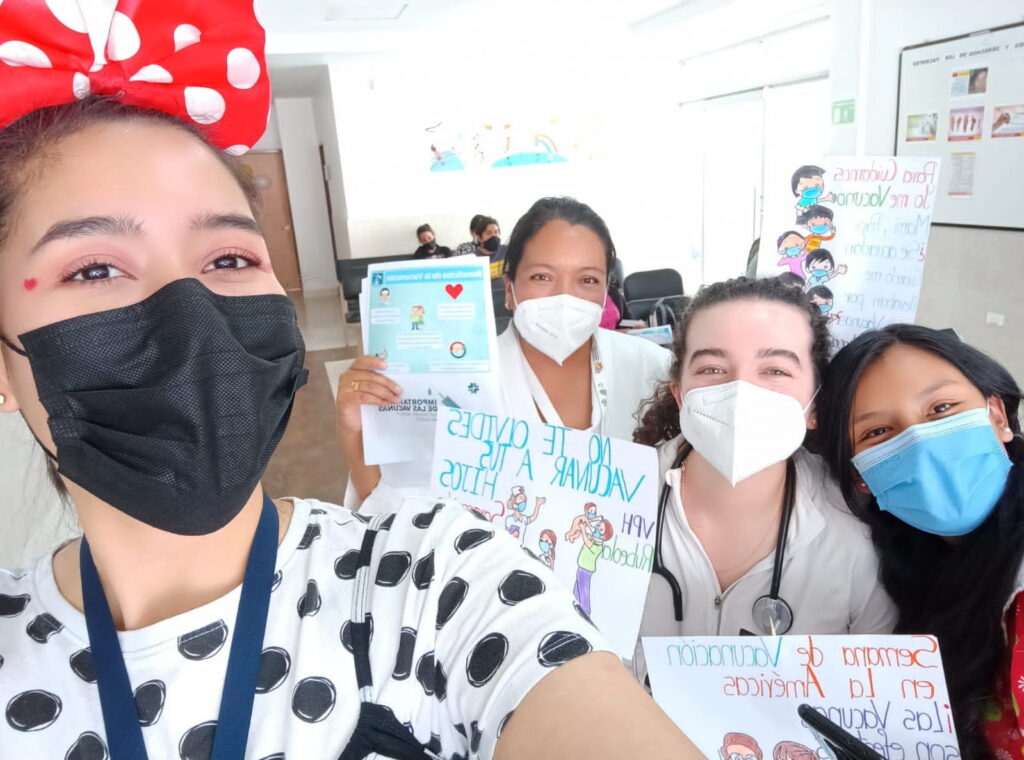
Depending on when Betty gets off lunch, she then directs me to my next placement of the day. Many times, it is the vacunatorío, aka the room that is the constant source of screaming children. While vaccines have contributed greatly to the prevention and eradication of many deadly illnesses, receiving one is not typically a pleasant experience. Ironically, I was one of those screaming children once upon a time so a bit of a full circle moment. Every type of vaccine from Influenza and Tetanus to COVID is offered by the clinic, so I have naturally become quite familiar with the in’s and out’s of administration timelines and techniques. I have learned not only when a patient is supposed to receive the Varicella vaccine or HPV vaccine, but also different ways of comforting patients in a time of acute distress. Whether that is conversing with teenagers to take their mind off the pain or encouraging parents to interact with their newborns, it’s definitely one of the most important lessons I’ve learned from the vacunatorío.
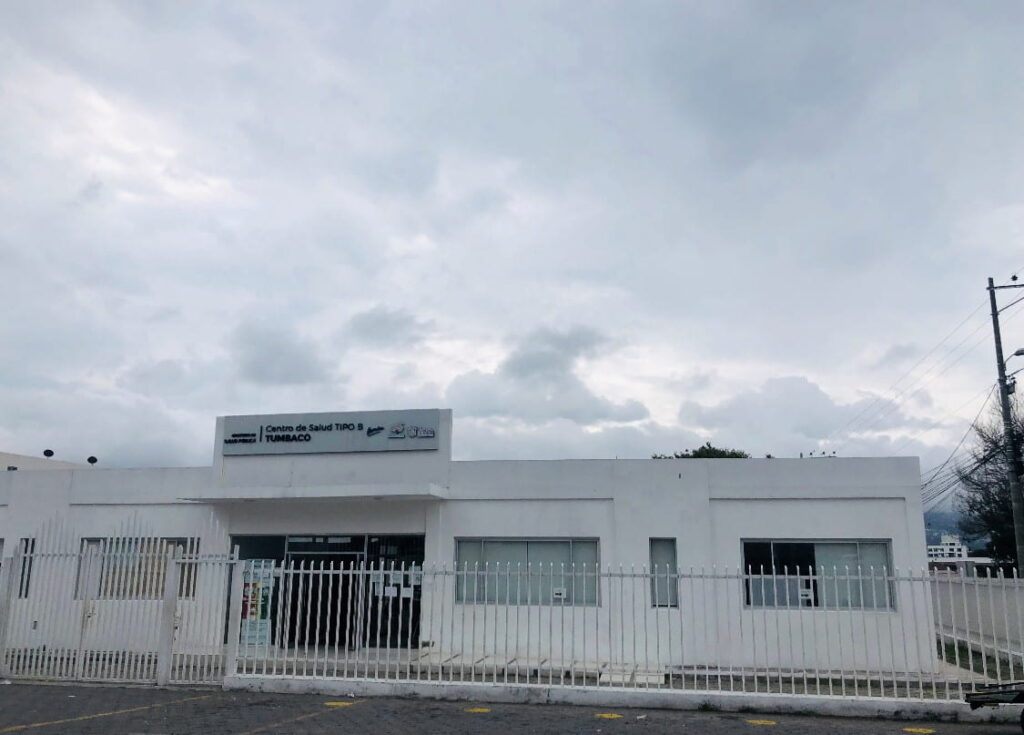
Another place I sometimes frequent is the procedimientos room. This is where more patients receiving treatments or more urgent cases are seen. Normally, I facilitate glucose or rapid HPV tests or administer injections for incoming patients. Occasionally I have assisted the attending doctor with wound care and catheter insertion, which has been super interesting to be a part of. Witnessing the flow of patient care in Spanish has given me a fuller understanding of healthcare procedures and practices as they say people are more rational when speaking and thinking in a second-language (this being due to the lack of linguistic “fluff” which can hinder clarity).
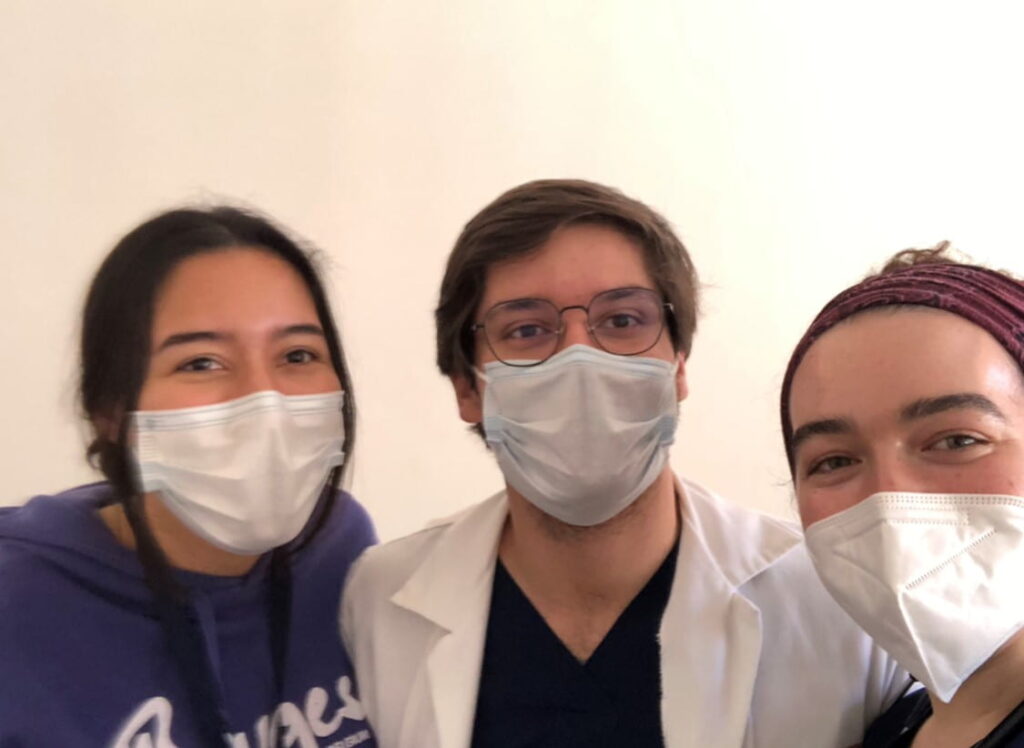
However, with the last day at the clinic approaching, I have come to realize that I’m going to miss the weekly routine of patient encounters and co-worker banter. The Centro de Salud has been an unexpected cornerstone of the abroad experience, one that has brought about not only professional development, but also formative friendships.